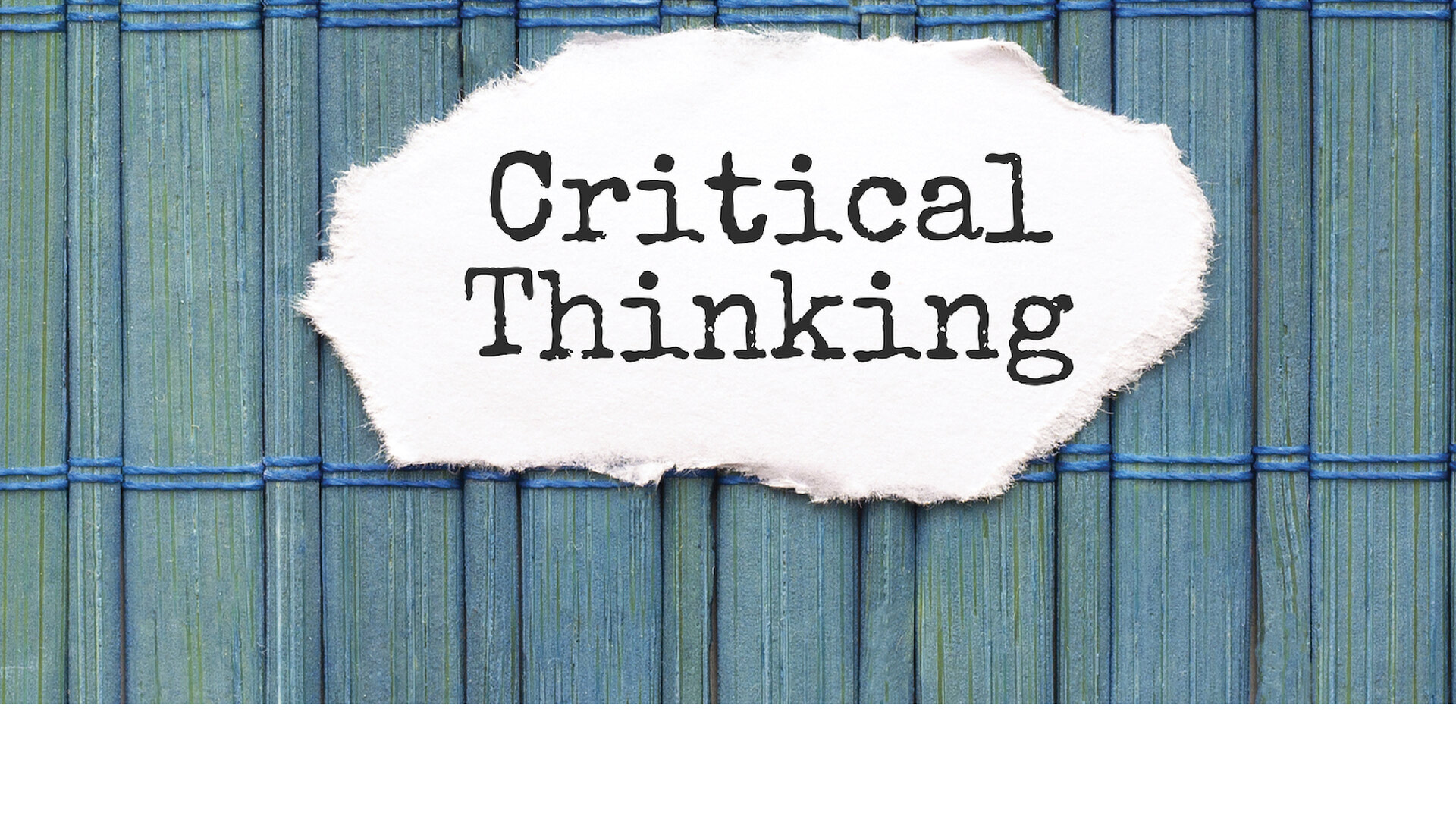Course Details
Several recent studies have identified critical thinking as the number one requirement for success as an administrative professional in the twenty-first century, yet there is also growing evidence that many current and emerging admins lack this quality.
Today’s administrative professional faces many situations that require extraordinary critical thinking and decision-making skills. This comprehensive one-day workshop teaches those engaged in administrative and operations roles how to think logically and systematically about problems and situations and identify the optimal course of action.
The ability to think critically is one of the most important skills the administrative professional can develop. At Critical Thinking and Rational Decision-Making for Administrative Professionals, you’ll learn how to make better decisions, challenge logical fallacies and achieve greater results in less time by applying powerful thinking skills.
Specifically, in the Critical Thinking and Rational Decision-Making Course we will focus on the following:
CRITICAL THINKING - AN ESSENTIAL
SKILL FOR ADMINISTRATIVE PROFESSIONALS
- Defining critical thinking, reasoning, and logic
- Why improving your critical thinking skills is so vitally important
- Developing intellectual self-defence
|
- Distinguish between automatic thinking and manual thinking
- Immunize yourself against the influence of bad arguments, propaganda and psychological manipulation
- How to think clearly, identify fallacies and construct effective arguments
- Understand the typical barriers to critical thinking and how to overcome them.
- Skills for becoming a more penetrating thinker - so as to rationally persuade others
- Focus on the different bases of influence, identifying how
|
FORMAL LOGIC: IDENTIFYING AND REFUTING 'LOGICAL FALLACIES'
- The 'Tu Quoque fallacy' - an invalid attempt to discredit your argument by answering criticism with criticism -- without presenting a counterargument
- The ' Straw Man fallacy is when your opponent oversimplifies or misrepresents your argument (i.e., setting up a straw man ) to make it easier to attack
- The 'False Dilemma Fallacy' misleads by presenting complex issues in terms of simply two inherently opposed sides. I
- The 'Poisoning the Well fallacy occurs when irrelevant negative information is presented ahead of time to discredit your argument. Poisoning the well represents a preemptive ad hominem attack against you.
- 'Post Hoc Ergo Propter Hoc,' this fallacy is committed when an argument claims that because one event followed another, it was caused by or analogous to it.
- 'Confirmation bias is the tendency to search for, interpret, favor, and recall information in a way that confirms or supports one's prior beliefs or values and ignores contrary information.
|
- The 'Equivocation fallacy' occurs when the context is an argument, and the conclusion depends on shifting the meaning of an expression while treating it as if it remains the same.
- 'Appeal to Authority,' this fallacy Insists that a claim is true simply because a valid authority or expert on the issue said it was true, without any other supporting evidence.
- The 'Appeal to False Authority fallacy' uses an alleged or an unidentified as evidence in your opponent's argument.
- 'Argumentum ad Ignorantiam,' this fallacy occurs when you argue that your conclusion must be true because there is no evidence against it. This fallacy wrongly shifts the burden of proof away from the one making a claim.
- 'Red Herring,' In this fallacy, your opponent redirects the argument to another issue to which they can better respond.
- The ' Begging the Question fallacy' is any form of argument where the conclusion is assumed in one of the premises.
|
DECISION-MAKING FOR ADMINISTRATIVE PROFESSIONALS
|
- Approach problem-solving in a coherent and systematic way
- Not allowing emotion to sidetrack and hinder your decision-making
- Recognize the pitfalls of problem-solving and steps for avoiding them
- Utilize the ‘IDEAL’ problem-solving model to ensure you are solving the right problem
- Discover the power of ‘Reverse Brainstorming.’
- Knowing how emotions can help—and hinder—your decision-making.
|
- Distinguish between automatic thinking and manual thinking
- Learn the 6 steps to follow for every problem you solve or decision you make
- Develop competence in anticipating and preventing problems before they occur
- How effective problem-solving techniques can diffuse defensive behaviors and get people on common ground.
- Utilize your newly acquired critical thinking and problem-solving skills to increase your influence
|

